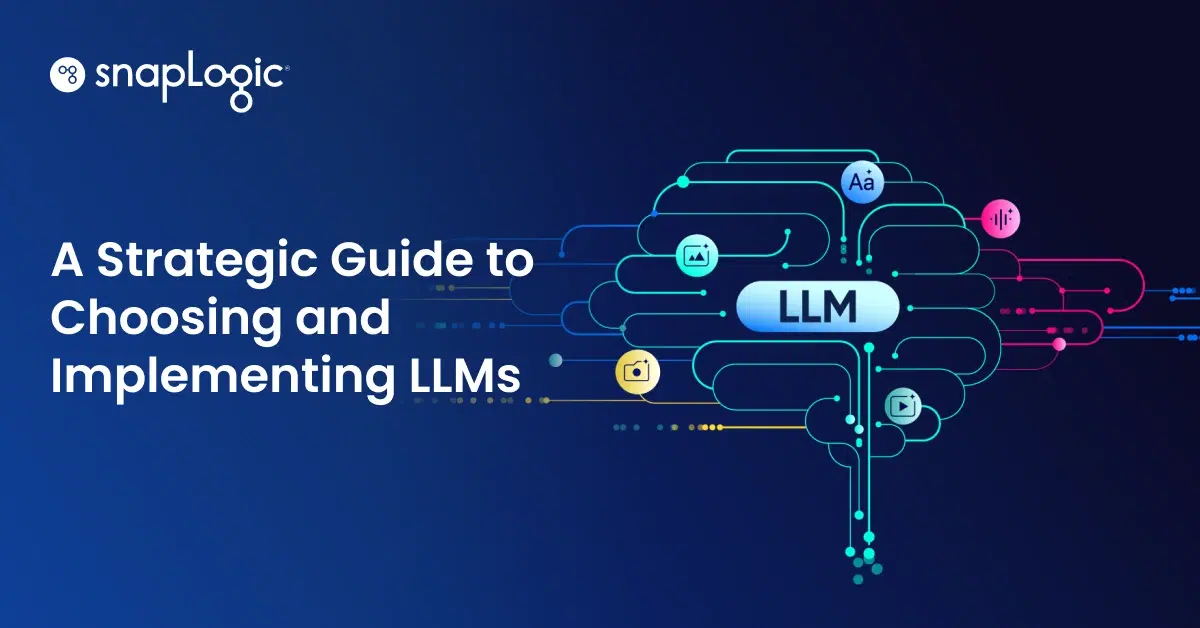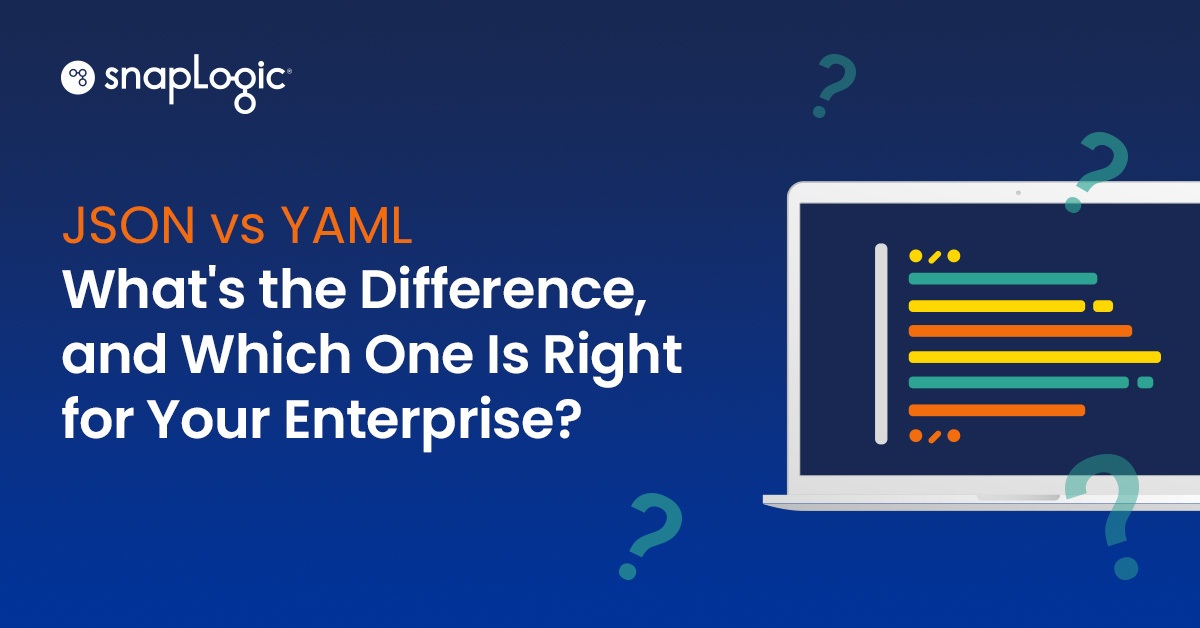
It’s one of the oldest, most contentious rivalries in the enterprise application arena: What’s better, best-of-breed environments or single-vendor suites? Since the turn of the century, suite vendors have argued that their approach avoids the steep data integration challenges that can be inherent with best-of-breed. On the flip side, point solution vendors say that enterprise suites pack in a lot of “dead wood” but don’t offer the real functionality, or customization potential, that is needed.
However, unlike religion and politics, this is one argument that is headed toward extinction. The biggest barrier to best-of-breed strategies — data integration — is, hands down, easier by an order of magnitude today, thanks to built-for-the-cloud app integration solutions that eliminate previous barriers. As a result, best-of-breed application environments aren’t just viable, they’re readily attainable.
Two dimensions of data integration
There are two ways in which data integration has dramatically improved with native cloud solutions: on the back end, between the applications themselves, and on the front end, from the user experience perspective.
On the back end, one of the first-order implications of a robust data model is the number of connectors a data integration solution provides. SnapLogic has hundreds of Snaps (connectors) and that’s not coincidental. Our library of Snaps proves our suitability to the modern world; it’s an order of magnitude easier to build and support a SnapLogic connector than an Informatica connector — the integration tool of choice for last-century best-of-breed environments — because our data model fits the modern world.
As a result, customers are up and running with SnapLogic in a day or two. In minutes we can show customers what SnapLogic is capable of doing. This is in comparison to Informatica and other legacy integration technologies; here, developers or consultants can work for weeks or months on the same integration project and still have nothing. They can’t deliver quickly due to the limitations of the underlying technology.
The ease of big data integration with SnapLogic has profound implications on the user experience. Instead of having to beg analysts to do ETLs (extract, transfer, and load) to pull the data set they need, SnapLogic users can get whatever data they want, themselves. They can then analyze it and get answers far faster than under previous best-of-breed regimes.
These are not subtle differences.
The economics of cloud-based integration
The subscription-based pricing model of cloud-based integration services further democratizes data access. Instead of putting the burden on IT to buy and implement an integrated application suite — which can cost upwards of $100 million in a large enterprise — cloud-based integration technology can be acquired at a nominal per-user fee, charged to a corporate credit card. Lines of business have taken advantage of this ease of access, making their own cloud big data technology moves with the full knowledge and support of IT.
For IT organizations that have embraced their new mission of enablement, the appeal of cloud-based data integration is clear. In addition to allowing business users to work the way they want to, the cloud-based solution is infinitely easier to customize, and deploy and support globally. And it offers an obvious answer to the question, “Do I want to continue feeling the pain of using integrated app suites or do I want to join the new century?”
Find out more about how and why SnapLogic puts best-of-breed integration within every organization’s grasp. Register for this upcoming webinar featuring a conversation with myself, industry analyst and data integration expert David Linthicum, and Gaurav Dhillon, SnapLogic’s CEO and also an Informatica alumnus: “We left Informatica. Now you can, too.”
James Markarian is CTO at SnapLogic. Follow him on Twitter @jamesmarkarian.








